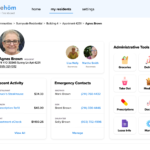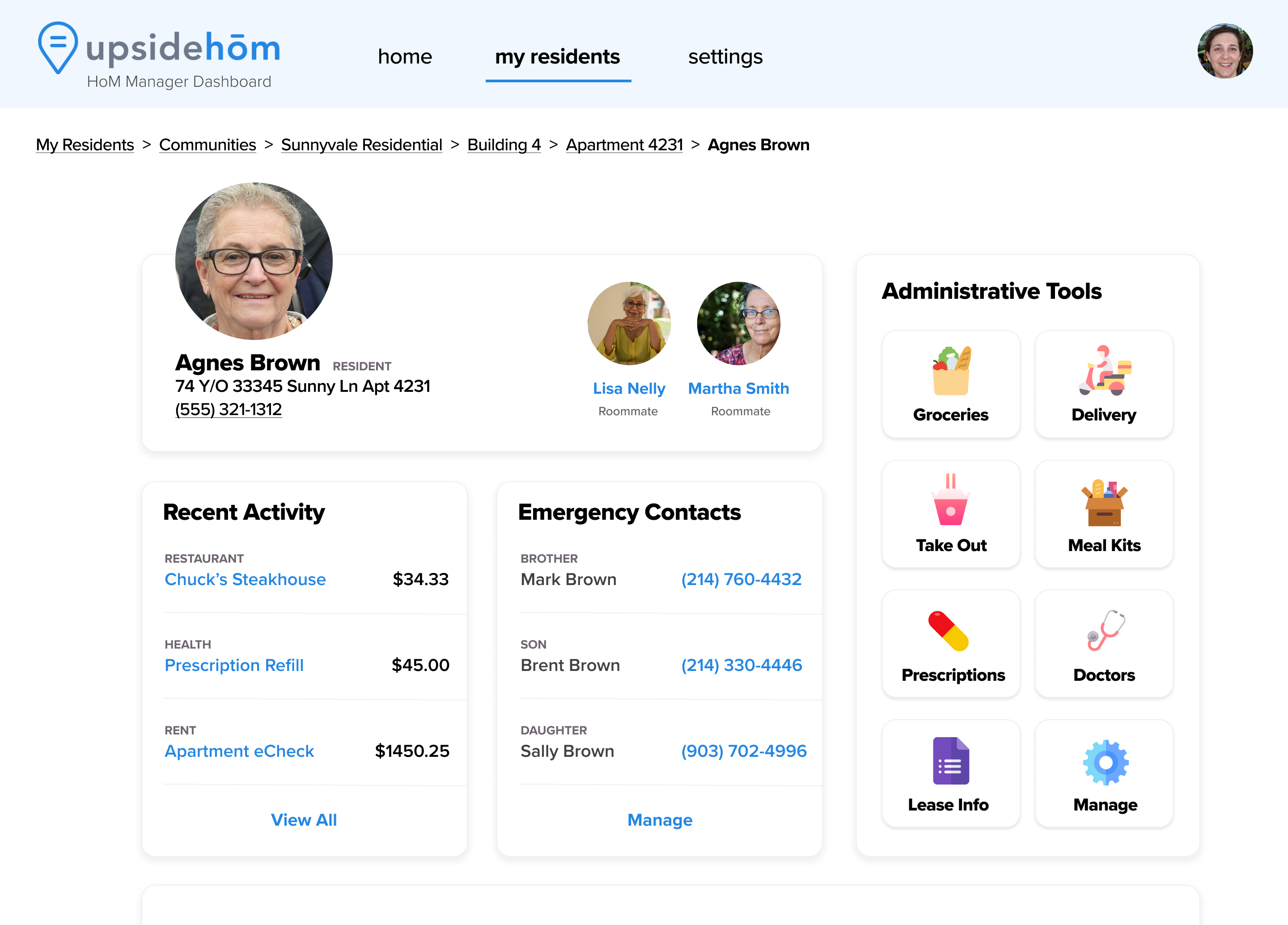For many of us, going to work these days no longer means going into a specific office like it used to; and today one of the startups that’s built a platform to help cater to that new, bigger world of employment — wherever talent might be — is announcing a major round of funding on the back of strong demand for its tools.
Remote, which provides tools to manage onboarding, payroll, benefits and other services for tech and other knowledge workers located in remote countries — be they contractors or full-time employees — has raised $150 million. Job van der Voort, the Dutch-based CEO and co-founder of New York-based Remote, confirmed in an interview that funding values Remote at over $1 billion.
Accel is leading this Series B, with participation also from previous investors Sequoia, Index Ventures, Two Sigma, General Catalyst and Day One Ventures.
The funding will be used in a couple of areas. First and foremost, it will go toward expanding its business to more markets. The startup has been built from the ground up in a fully integrated way, and in contrast to a number of others that it competes with in providing Employer of Record services, Remote fully owns all of its infrastructure. It now provides its HR services, as fully operational legal entities, for 50 countries (it has a target of growing that to 80 by the end of this year). The platform is also set to be enhanced with more tools around areas like benefits, equity incentive planning, visa and immigration support and employee relocation.
“We are doubling down on our approach,” van der Voort said. “We try to fully own the entire stack: entity, operations, experts in house, payroll, benefits and visa and immigration — all of the items that come up most often. We want to to build infrastructure products, foundational products because those have a higher level of quality and ultimately a lower price.”
In addition, Remote will be using the funding to continue building more tools and partnerships to integrate with other providers of services in what is a very fragmented human resources market. Two of these are being announced today to coincide with the funding news: Remote has launched a Global Employee API that HR platforms that focus on domestic payroll can integrate to provide their own international offering powered by Remote. HR platform Rippling (Parker Conrad’s latest act) is one of its first customers. And Remote is also getting cosier with other parts of the HR chain of services: applicant tracking system Greenhouse is now integrating with it to help with the onboarding process for new hires.
Indeed, $150 million at a $1 billion+ valuation is a very, very sizable Series B, even by today’s flush-market standards, but it comes after a bumper year for the company, and in particular since November last year when it raised a Series A of $35 million. In the last nine months, customer numbers have grown seven-fold, with users on the platform increasing 10 times. Most interestingly, perhaps, is that Remote’s revenues — its packages start at $149 per month but go up from there — have increased by a much bigger amount: 65x, the company said. That basically points to the fact that engagement from those users — how much they are leaning on Remote’s tech — has skyrocketed.
Although there are a lot of competitors in the same space as Remote — they include a number of more local players alongside a pretty big range of startups like Oyster (which announced $50 million in funding in June), Deel, which is now valued at $1.25 billion; Turing; Papaya Global (now also valued at over $1 billion); and many more — the opportunity they are collectively tackling is a massive one that, if anything, appears to be growing.
Hiring internationally has always been a costly, time-consuming and organizationally challenged endeavor, so much so that many companies have opted not to do it at all, or to reserve it for very unique cases. That paradigm has drastically shifted in recent years, however.
Even before COVID-19 hit, there was a shortage of talent, resulting in a competitive struggle for good people, in companies’ home markets, which encouraged companies to look further afield when hiring. Then, once looking further afield, those employers had to give consideration to employing those people remotely — that is, letting them work from afar — because the process of relocating them had also become more expensive and harder to work through.
Then COVID-19 happened, and everyone, including people working in a company’s HQ, started to work remotely, changing the goalposts yet again on what is expected by workers, and what organizations are willing to consider when bringing on a new person, or managing someone it already knows, just from a much farther distance.
While a lot of that has played out in the idea of relocating to different cities in the same country — Miami and Austin getting a big wave of Silicon Valley “expats” being two examples of that — it seems just a short leap to consider that now that sourcing and managing is taking on a much more international slant. A lot of new hires, as well as existing employees who are possibly not from the U.S. to begin with, or simply want to see another part of the world, are now also a part of the mix. That is where companies like Remote are coming in and lowering the barriers to entry by making it as easy to hire and manage a person abroad as it is in your own city.
“Remote is at the center of a profound shift in the way that companies hire,” said Miles Clements, a partner at Accel, in a statement. “Their new Global Employee API opens up access to Remote’s robust global employment infrastructure and knowledge map, and will help any HR provider expand internationally at a speed impossible before. Remote’s future vision as a financial services provider will consolidate complicated processes into one trusted platform, and we’re excited to partner with the global leader in the quickly emerging category of remote work.”
And it’s interesting to see it now partnering with the likes of Rippling. It was a no-brainer that as the latter company matured and grew, it would have to consider how to handle the international component. Using an API from Remote is an example of how the model that has played out in communications (led by companies like Twilio and Sinch) and fintech (hello, Stripe) also has an analogue in HR, with Remote taking the charge on that.
And to be clear, for now Remote has no plans to build a product that it would sell directly to individuals.
“Individuals are reaching out to us, saying, ‘I found this job and can you help me and make sure I get paid?’ That’s been interesting,” van der Voort said. “We thought about [building a product for them] but we have so much to do with employers first.” One thing that’s heartening in Remote’s approach is that it wouldn’t want to provide this service unless it could completely follow through on it, which in the case of an individual would mean “vetting every major employer,” he said, which is too big a task for it right now.
In the meantime, Remote itself has walked the walk when it comes to remote working. Originally co-founded by two European transplants to San Francisco, the pair had firsthand experience of the paradoxical pains and opportunities of being in an organization that uses remote workforces.
Van der Voort had been the VP of product for GitLab, which he scaled from five to 450 employees working remotely (it’s now a customer of Remote’s); and before co-founding Remote, CTO Marcelo Lebre had been VP of engineering for Unbabel — another startup focused on reducing international barriers, this time between how companies and global customers communicate.
Today, not only is the CEO based out of Amsterdam in The Netherlands, with the CTO in Lisbon, Portugal, but New York-based Remote itself has grown to 220 from 50 employees, and this wider group has also been working remotely across 47 countries since November 2020.
“The world is looking very different today,” van der Voort said. “The biggest change for us has been the size of the organization. We’ve gone from 50 to more than 200 employees, and I haven’t met any of them! We have tried to follow our values of bringing opportunity everywhere so we hire everywhere as we solve that for our customers, too.”
Powered by WPeMatico




